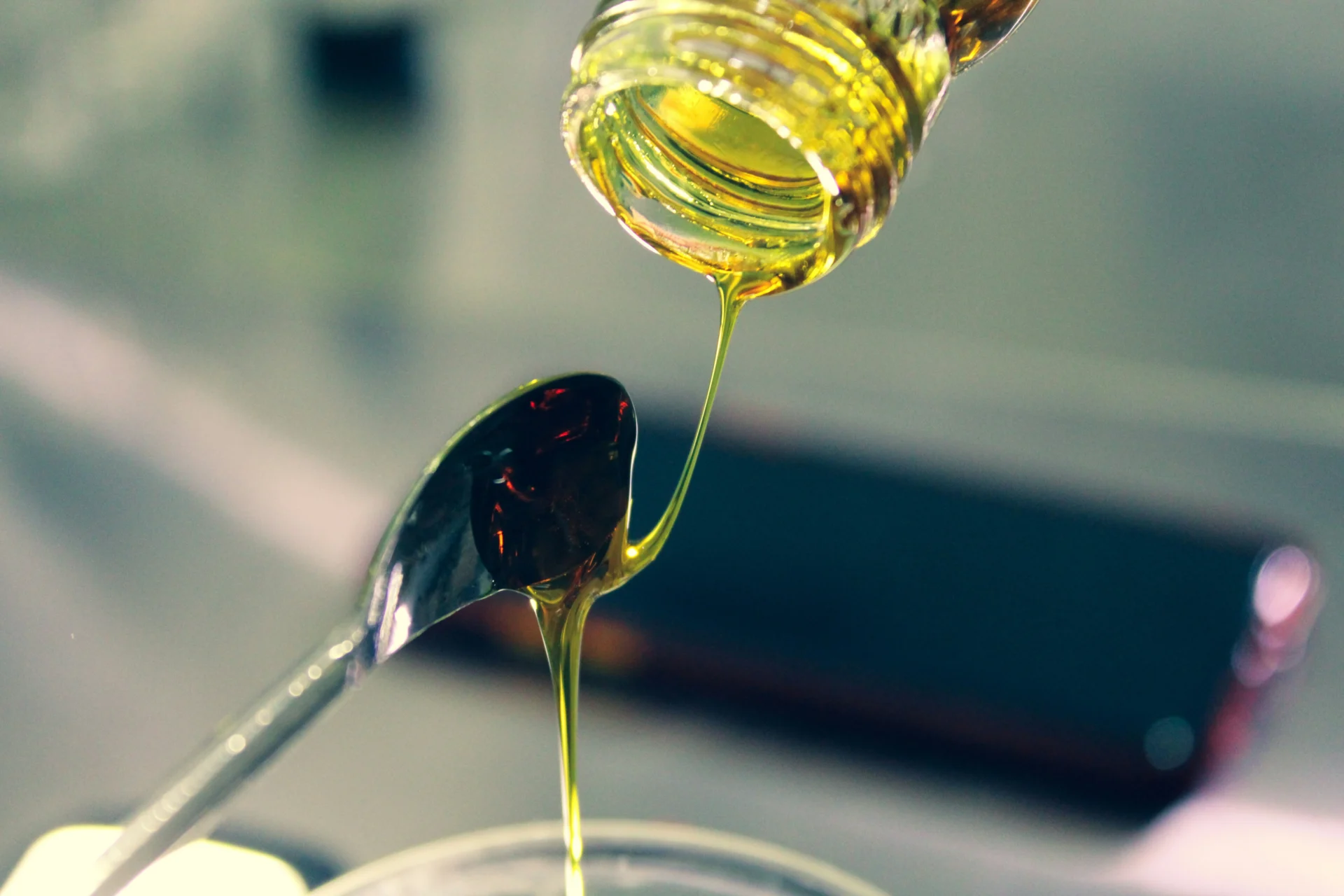Dihydrodiethylstilbestrol is a synthetic compound that has been used in the past as a pharmaceutical agent, primarily in hormone replacement therapy. While its use has declined due to safety concerns and the development of alternative treatments, understanding the history and effects of this compound is important in the context of medical research and public health. Its relevance to everyday life lies in the broader conversation on the safety and efficacy of pharmaceutical interventions, as well as the importance of thorough testing and regulation in the healthcare industry.
Table of Contents:
- 💡 Commercial Applications
- ⚗️ Chemical & Physical Properties
- 🏭 Production & Procurement
- ⚠️ Safety Considerations
- 🔬 Potential Research Directions
- 🧪 Related Compounds
💡 Commercial Applications
Dihydrodiethylstilbestrol, also known as DHDES, has found application in various industries due to its estrogenic properties. In the commercial sector, DHDES is used in the production of estrogenic compounds, specifically for use in pharmaceuticals, cosmetics, and animal feed. The compound is valued for its ability to mimic the effects of natural estrogen in biological systems, making it crucial for the development of certain products.
In addition to its industrial applications, DHDES has also been utilized in the pharmaceutical industry for its potential therapeutic benefits. As a synthetic estrogen, DHDES has been investigated for its use in hormone replacement therapy, particularly in the treatment of menopausal symptoms and certain hormone-dependent cancers. Furthermore, DHDES has shown promise in research studies as a potential treatment for osteoporosis, due to its ability to support bone health and density.
While DHDES has shown potential as a drug candidate, its use in medication has been limited due to safety concerns and the availability of more established estrogenic compounds. Despite this, ongoing research continues to explore the potential therapeutic benefits of DHDES in various medical conditions. Overall, the commercial and industrial applications of DHDES remain significant, highlighting its versatility and potential value in multiple sectors.
⚗️ Chemical & Physical Properties
Dihydrodiethylstilbestrol is a white, odorless crystalline solid at room temperature. The compound is typically found in powdered form and does not possess a distinct odor.
With a molar mass of approximately 268.36 g/mol and a density of 1.28 g/cm³, dihydrodiethylstilbestrol is relatively lighter and less dense than many common food items such as sugar (molar mass 342.30 g/mol, density 1.59 g/cm³) and salt (molar mass 58.44 g/mol, density 2.16 g/cm³).
The melting point of dihydrodiethylstilbestrol is approximately 150-152°C, while its boiling point is around 350-375°C. Compared to common food items like butter (melting point 30-35°C, boiling point 350°C) and chocolate (melting point 30-32°C, boiling point 160-188°C), it has a higher melting and boiling point.
Dihydrodiethylstilbestrol is sparingly soluble in water, often requiring organic solvents for dissolution, and exhibits a low viscosity. This contrasts with common food items like sugar and salt, which are highly soluble in water and have a higher viscosity.
🏭 Production & Procurement
Dihydrodiethylstilbestrol, a synthetic estrogen compound, is typically produced through chemical synthesis in laboratory settings. It involves the conversion of various precursors through controlled reactions to obtain the desired final product.
In order to procure Dihydrodiethylstilbestrol, one must typically place an order with a chemical supplier who specializes in the production and distribution of pharmaceutical and research-grade compounds. Once the compound is synthesized, it can then be transported in a secure and controlled manner to the buyer’s location.
The transportation of Dihydrodiethylstilbestrol is usually carried out in compliance with regulations governing the shipment of hazardous or sensitive substances. This may involve using specialized packaging and shipping methods to ensure the safe and secure delivery of the compound to its intended destination.
⚠️ Safety Considerations
Safety considerations for Dihydrodiethylstilbestrol include the potential for skin irritation upon contact with the substance. It is important to avoid inhalation or ingestion of the compound, as it may cause harm to respiratory and digestive systems. Protective equipment, such as gloves and masks, should be worn when handling Dihydrodiethylstilbestrol to minimize the risk of exposure.
Hazard statements for Dihydrodiethylstilbestrol include its classification as a skin irritant, with potential for causing irritation or sensitization upon contact. It is also considered harmful if swallowed or inhaled, and may cause damage to respiratory and digestive systems. Precautions should be taken to prevent exposure to this compound and minimize the risk of adverse health effects.
Precautionary statements for Dihydrodiethylstilbestrol include wearing appropriate protective equipment, such as gloves and masks, when handling the substance to prevent skin irritation or other harmful effects. It is important to avoid inhalation or ingestion of the compound, as it may cause harm to respiratory and digestive systems. Proper ventilation should be maintained in areas where Dihydrodiethylstilbestrol is being used to reduce the risk of exposure.
🔬 Potential Research Directions
One potential research direction for Dihydrodiethylstilbestrol (DHDES) could involve studying its mechanisms of action at the molecular level. Understanding how DHDES interacts with estrogen receptors and affects gene expression could provide insight into its potential therapeutic applications.
Another avenue of research could be investigating the potential long-term effects of DHDES exposure on human health. Studies examining the reproductive, endocrine, and developmental impacts of DHDES on both animals and humans could contribute to a better understanding of its safety profile.
Furthermore, exploring the potential environmental impact of DHDES and its byproducts could be a valuable research direction. Studies on the persistence, bioaccumulation, and toxicity of DHDES in various ecosystems could help assess the risks associated with its use and determine appropriate regulatory measures.
🧪 Related Compounds
One similar compound to Dihydrodiethylstilbestrol based upon molecular structure is Dienestrol. Dienestrol is a synthetic, nonsteroidal estrogen that is structurally similar to Diethylstilbestrol. It is used in the treatment of menopausal symptoms and postmenopausal osteoporosis.
Another compound with a molecular structure similar to Dihydrodiethylstilbestrol is Hexestrol. Hexestrol is a synthetic, nonsteroidal estrogen that has been used in the treatment of menopausal symptoms and female hypogonadism. It exhibits estrogenic activity similar to Diethylstilbestrol due to its structural similarity.
Additionally, Chlorotrianisene is a compound with a molecular structure akin to Dihydrodiethylstilbestrol. Chlorotrianisene is a synthetic, nonsteroidal estrogen that has been used in the treatment of menopausal symptoms and osteoporosis. Its chemical structure bears resemblance to Diethylstilbestrol, leading to similar biological effects.








